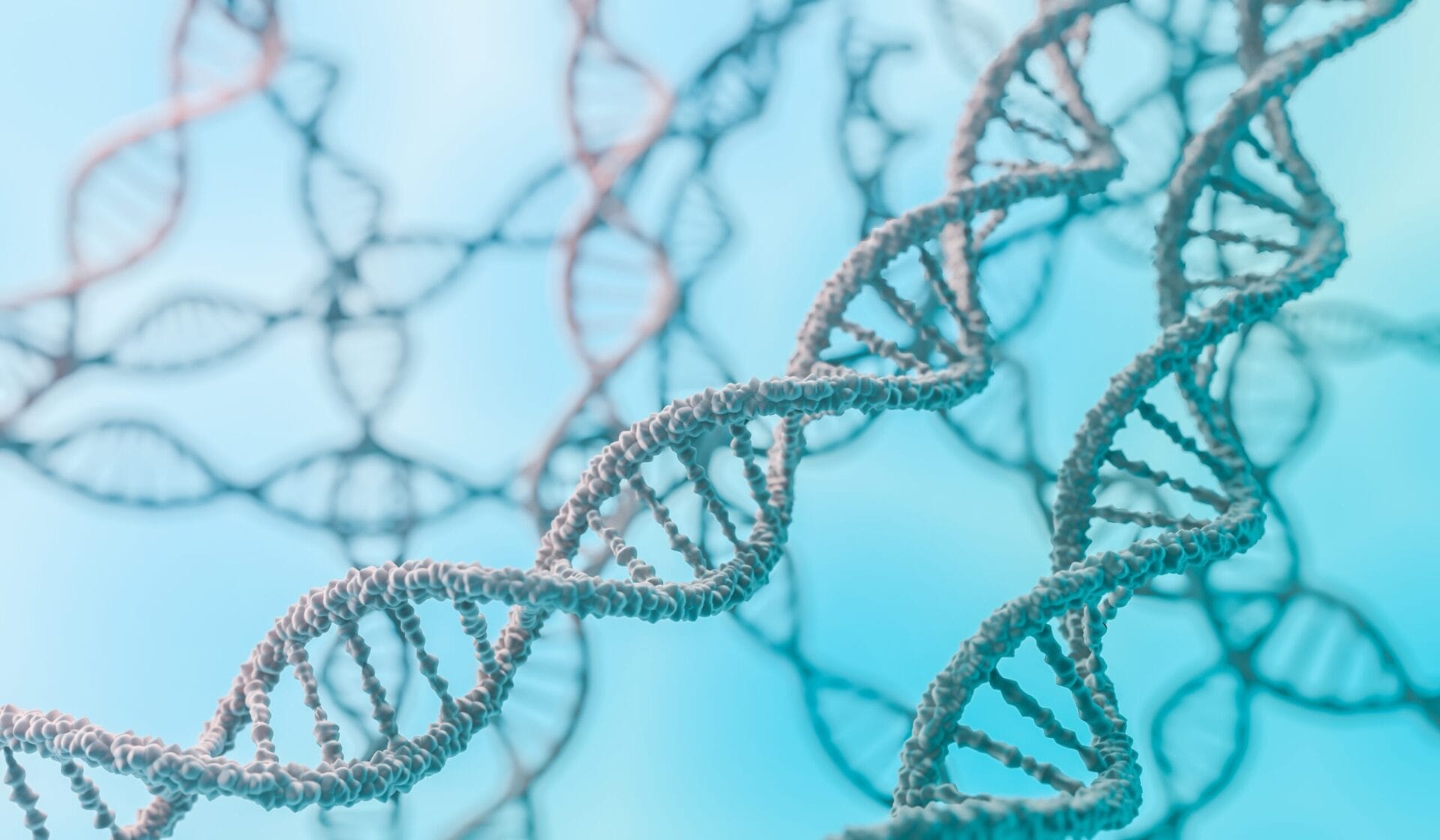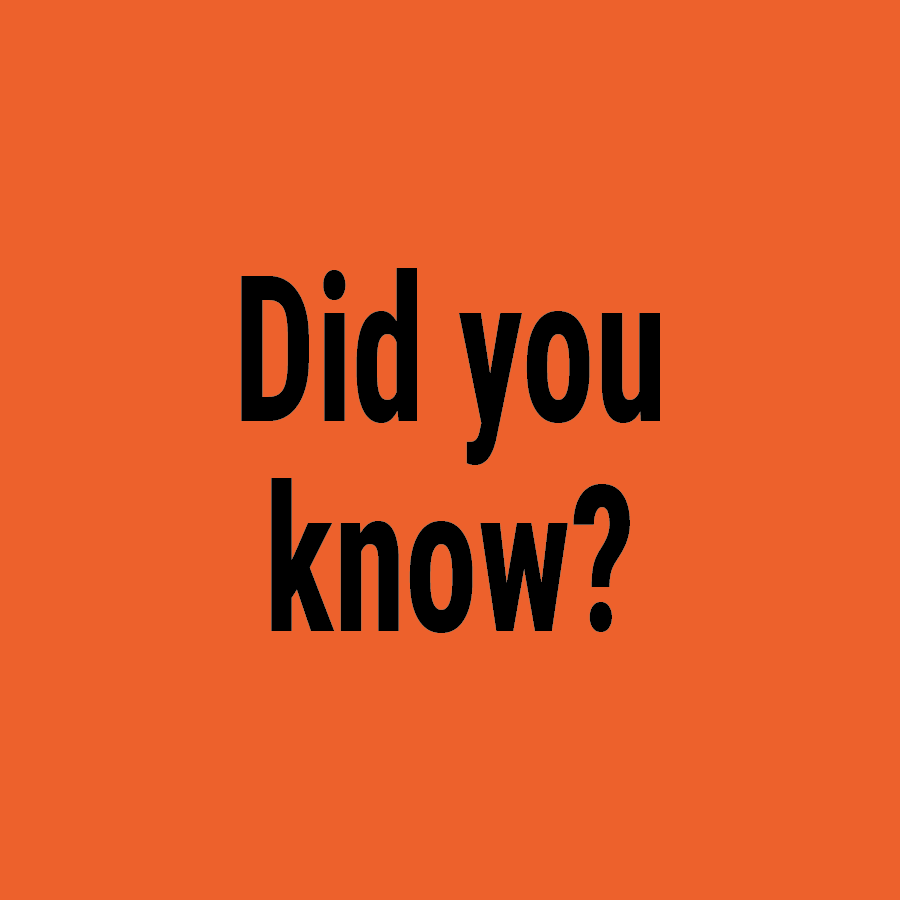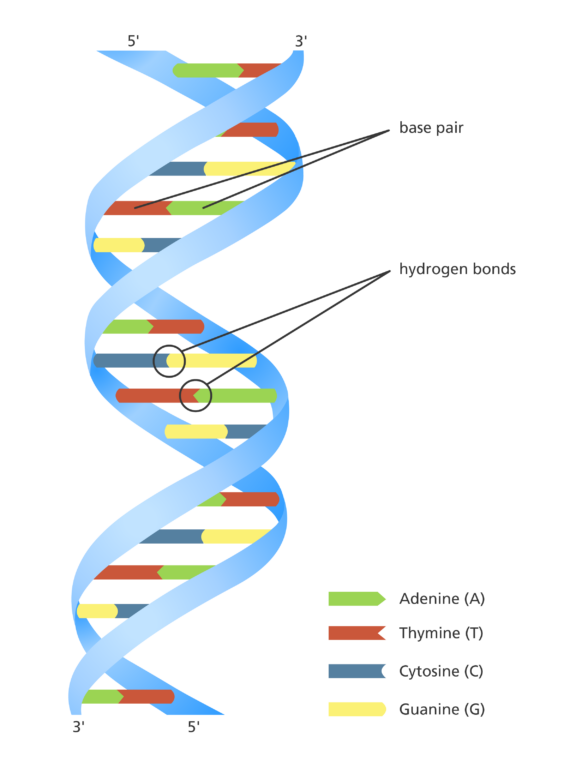What is DNA?

DNA is the long molecule that contains your unique genetic code. A bit like a recipe book, it holds the instructions your cells need to make all the proteins in your body.
Definition of DNA
- Your genome is the complete set of instructions your body needs to function. It’s made of a long molecule called deoxyribonucleic acid, or DNA for short.
- DNA is made up of four building blocks, or bases. These are called adenine, cytosine, guanine and thymine – usually shortened to A, C, G and T.
- The bases can be arranged in lots of different orders, known as the DNA sequence.
- The order of these bases forms specific instructions for your cells to follow – just like the order of letters form specific words and sentences.

The full human DNA code is made of more than 3.2 billion bases of DNA. Other organisms have different genome sizes, with some many times smaller, and some more than ten times bigger than ours.
The structure of DNA: the double helix
- A DNA molecule is made up of two long strands of bases that wind around each other into a spiral shape.
- This is called the double helix and looks like a twisted ladder.
- The bases on one strand of the DNA molecule pair with bases on the opposite strand, coming together as a base pair. They form the ‘rungs’ of the ladder, joined together by hydrogen bonds.
- Base pairs are complementary and always pair in the same way: A with T, and C with G.

Image credit: Laura Olivares Boldú / Wellcome Connecting Science
Sense and anti-sense strands of DNA
- Each strand of DNA has a beginning and an end. The beginning is called 5’ (pronounced “five prime”), and the end is called 3’ (pronounced “three prime”).
- The two strands run in the opposite direction, or antiparallel, to each other. One runs from 5’ to 3’, known as the sense direction. The other runs 3’ to 5’, known as the antisense direction.
- This gives the strands their names: the sense strand and the antisense strand, respectively.
- This structure is important during DNA replication, when the strands separate from each other and the DNA is copied.
Discovering DNA’s structure
DNA’s double helix structure was first discovered in 1953 by Francis Crick and James Watson, with the help of Rosalind Franklin and Maurice Wilkins.